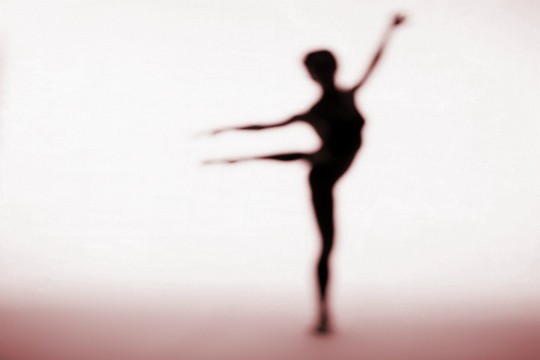Dr Nick Udall explores how to ride the highs and lows of the creative rollercoaster so you can out-innovate the competition.
Theories and concepts of creativity have unfolded over time with multiple facets and different perspectives. The most orthodox of these tend to represent creativity in a series of linear stages. The most famous is the five-stage model of first insight, saturation, incubation, illumination and verification devised by the American psychologist Jacob Getzels.
Although reductionist, this model is very perceptive. For example, we often have a first insight or notion that there is a problem to solve, an opportunity to grasp or a direction to pursue. This leads into a period where we survey the problem/opportunity space by researching what is already known. Once we have made the known familiar, we sit with the problem/opportunity space to allow new ideas and insights to emerge.
It is during this ‘mulling over’ or incubation period that our unconscious processes take over. As we emerge from this stage, the creative breakthrough or moment of insight is experienced, where new thoughts are brought into the forefront of our consciousness. Finally, this raw data is validated, and further developed (or sometimes thrown out), so that what was a subjective idea can be projected as an objective creation.
To build upon Getzels’ model further, creativity is the dance between the known and the unknown, the conscious and the unconscious, the visible and the invisible, the tangible and the intangible. Creativity is born of this dance and of this oscillation.
We more often focus our attention and belief on the known, conscious, visible and tangible, as opposed to the unknown, the unconscious, the invisible and the intangible. While I describe these states linguistically as polarities, they are in fact two sides of the same coin – of our consciousness. Separately, they reflect different complementary aspects of the human experience and together they give a complete Gestalt of our world.
Getzels’ model can, therefore, be re-cast to reflect this beautiful dance between the known and the unknown, between that which is conscious and that which is still unconscious. First insight describes the birthing, or making conscious, of a notion or instinct. The notion is then explored and researched using our cognitive faculties, through which we saturate ourselves in what is already known and knowable. During this second phase, we deepen and shape the nature of the problem or opportunity space, and/or we invalidate it.
"Creativity is the dance between the known and the unknown, the conscious and the unconscious, the visible and the invisible, the tangible and the intangible."
If the first insight still has potency, we soon come up against the limitations of what we know. This is where we have to acknowledge simultaneously what we know and let go of what we know. This requires an act of surrendering that enables us to step into the unknown. This is where the balance shifts back to the unconscious, the invisible and the intangible, as we allow ourselves to incubate our question.
We will have all experienced incubation when we let our minds wander, or when we intentionally stop thinking about a problem or a question we are holding. For some of us this incubation phase transitions into the next phase when we are shaving, or are in the shower, or having a bath. For others it may be when they go for a walk or a run. Whatever our different experiences, these are all examples of ‘illuminations’, or ‘Aha’ moments, when the solution or optimal way forward ‘pops’ or ‘flips’ – as if a light is now shining brightly on something that was previously hidden and out of sight, making it now in-sight. Finally, we intellectually verify our creative insight by testing its robustness and appropriateness.
This oscillation, or dance, is the essence of the creative process. Unfortunately, we happen to also be very good at collapsing the highs and lows of this creative process back to a flatline. There are many ways in which we do this: the fear of the unknown, being unfamiliar with not-knowing, feeling over-exposed and vulnerable, only focusing on the tangible, being overly controlling, emotionally over-reacting, judging others, pushing too hard or too quickly... and so on.
Moreover, we have all been conditioned to flat-line, as the majority of educational systems focus almost entirely on the known, at the expense of knowing how to embrace, value and work with the unknown. What is amazing, though, is that when we learn to stay in the unknown for long enough, chaos re-orders, complexity re-patterns, and we are able to burst back into the known with ‘newness’ in our possession.
Learning to oscillate between the known and the unknown is what my colleagues and I call riding the creative rollercoaster. It is a post-conventional capacity that differentiates the shapers and innovators from classic high-performers.
And, with practice it is possible to help teams and whole organisations learn to ride the creative-rollercoaster, at will and with skill, and in so doing build cultures of innovation that generate true competitive advantage.
Dr Nick Udall is co-founder and CEO of nowhere, a founding member and the current Chair of the World Economic Forum’s Global Agenda Council on New Models of Leadership, and the author of 'Riding the Creative Rollercoaster' (published by Kogan Page).








